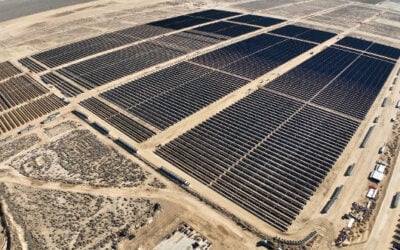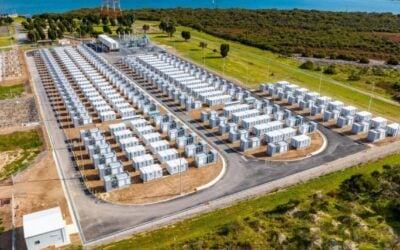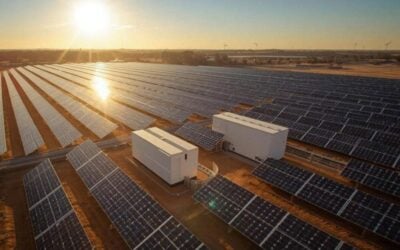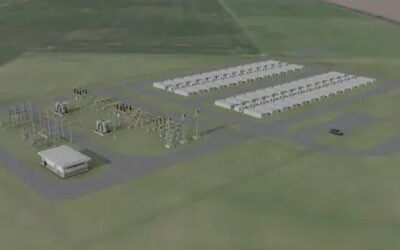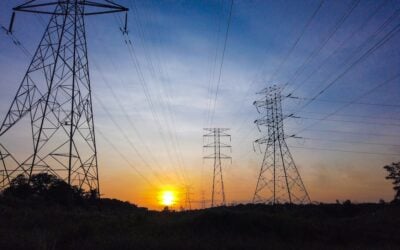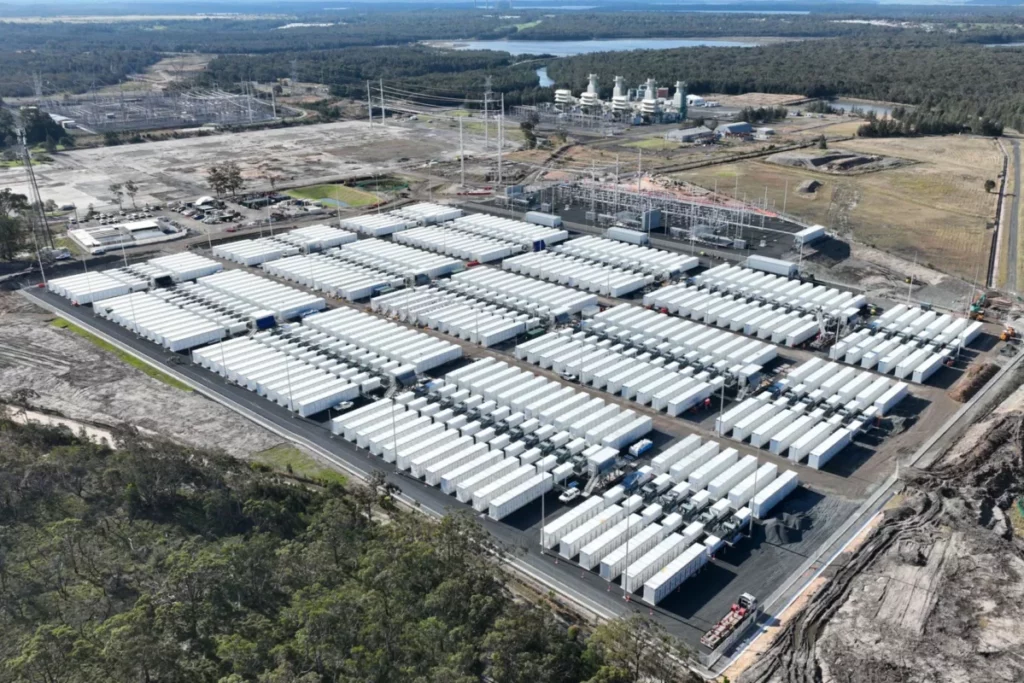
Australia’s minister for climate change and energy, Chris Bowen, has confirmed that the Capacity Investment Scheme (CIS) will be upsized from 32GW to 40GW.
As confirmed yesterday (29 July) during a speech to the Investor Group in Canberra, the 40GW figure relates to the initiative’s 2030 target and aims to help the country secure its 82% renewables target.
Specifically, the 8GW capacity uplift aims to incentivise investment in projects to deliver an additional 5GW of storage and 3GW of generation by 2030. The competitive nature of the tenders and falling solar costs helped boost CIS generation by 3GW.
The uplift is expected to support investments of around AU$21 billion (US$13.68 billion) in energy storage capacity and nearly AU$52 billion in solar and wind generation technologies.
Try Premium for just $1
- Full premium access for the first month at only $1
- Converts to an annual rate after 30 days unless cancelled
- Cancel anytime during the trial period
Premium Benefits
- Expert industry analysis and interviews
- Digital access to PV Tech Power journal
- Exclusive event discounts
Or get the full Premium subscription right away
Or continue reading this article for free
“Our energy grid’s transition remains urgent. As our ageing coal-fired power stations only become more expensive and more unreliable, we need a new generation now,” Bowen said, announcing the increased CIS target.
“It remains the case that to rebuild Australia’s energy grid into a modern, reliable, and fairer system, we need to get renewables and storage online faster.
“In three short years we have seen CIS unlock record levels of investment in Australia’s energy grid and get us on track to reach 82% renewable energy by 2030.”
Various members of the energy industry have reacted to the Australian government’s increase in the CIS target.
Matthew Brine, head of office, Office of the Capacity Investment Scheme at the DCCEEW, welcomed the uplift at the Australian Clean Energy Summit, stating that it should help underwrite 18GW of renewables and energy storage at the end of the four newly announced tenders.
CIS Tender 3 receives 135GWh of bids
Earlier this month, the Australian government announced four new tenders for the National Electricity Market (NEM) and Western Australia’s Wholesale Electricity Market (WEM), alongside plans to streamline the scheme to a one-stage process.
Since its introduction, the CIS has spearheaded the growth of Australia’s renewable energy generation and energy storage fleet. Several of these tenders, both at a national and state level, have been oversubscribed.
Indeed, our sister site PV Tech reported last year that the first auction of the CIS attracted interest from more than 40GW of solar and wind projects in New South Wales.
27GW of these projects were deemed as “very high quality” bids going through to the next stage. This oversubscription, which has been witnessed in other more recent tenders, was noted as a reason why the Australian government has increased the CIS target.
Bowen said in his speech to the Investor Group that the latest dispatchable tender round in New South Wales (Tender 3) received 135GWh of bids compared to the 16GWh target.
Our publisher, Solar Media, will host the Battery Asset Management Summit Australia 2025 on 26-27 August in Sydney. You can get 20% off your ticket using the code ESN20 at checkout.

